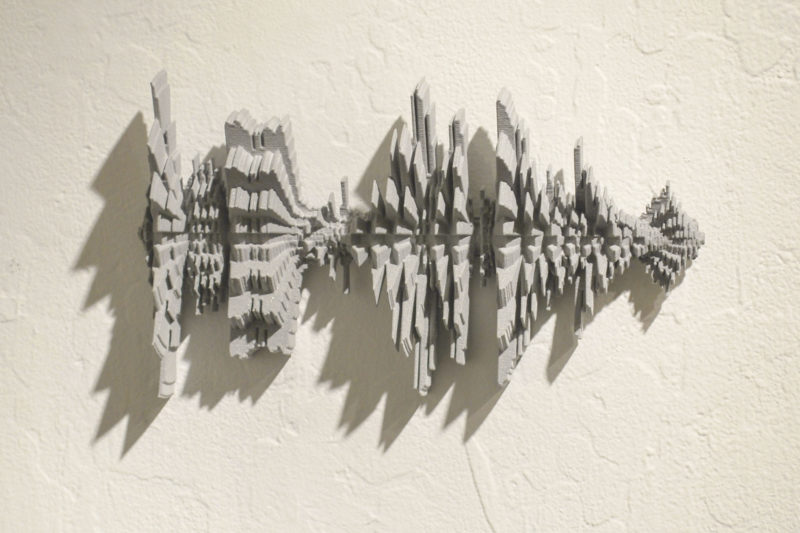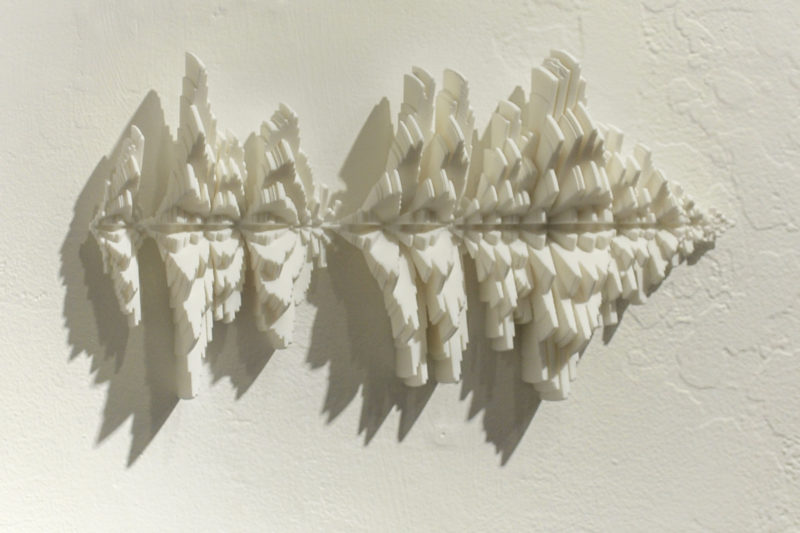All images and designs are copyrighted and not for use.
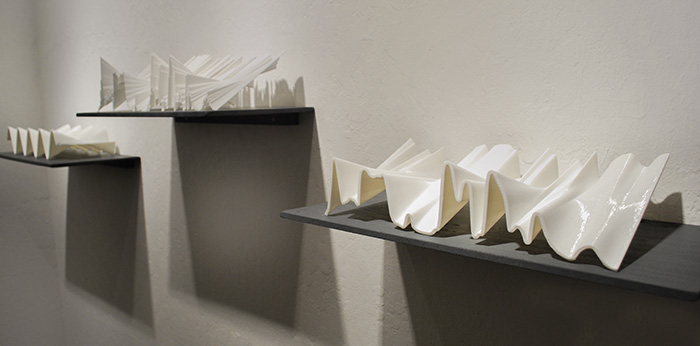
There is a lot of excitement around the technology of 3D printing, and with good reason. As more and more printers reach the consumer market, they enable all sorts of prototyping and creativity. Although the printers themselves are becoming more and more affordable, there remains a roadblock to widespread accessibility. Pressing print is only the last step in a long and sometimes challenging process of building a 3D model. With the high learning curve for modeling software, most would-be prototypers are forced to limit their imagination, and don't take full advantage of what the machines can do. As someone with modeling experience, I see this as an opportunity to help people explore their ideas, and in so doing learn more myself.
One of the people I've worked with is a multi-media artist, with an interest in 3D printing sculptures. This was the same person for whom I generated the Lithophanes. She was exploring the ways in which sound waves could take physical form, and was particularly interested in the principal of destructive interference, in which a sound wave and its' inverse combine to cancel each other out. After some initial ground work, we settled on two ways of capturing this phenomenon: "Lofted" and "Revolved" Sculptures.
Lofted
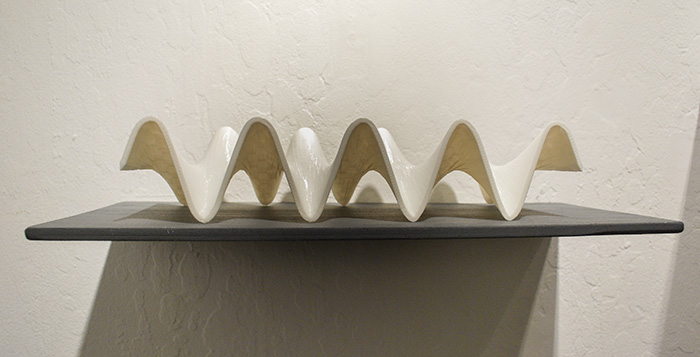
The idea of destructive interference was first illustrated with a sine wave, the simplest of sound forms. A line is lofted between a wave and it's inverse (a mirrored image) to create a wave form. The midpoint of this loft is flat as a result of their combined cancellation, and the two waves appear to seesaw around this middle section. After the simple sine wave, this interpretation was used on more complex sound waves: recordings of the artist saying a phrase.
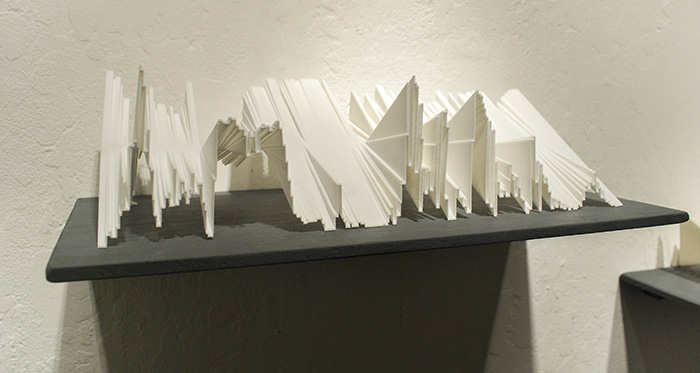
Revolved
Though somewhat more complex than the lofted waves, the revolves demonstrate the same principal of destructive interference. The sound wave and it's inverse are placed 180 degrees opposite each other around a central pivot point (again, mirror images.) Then the waves are revolved in sections around this point towards one another. As each section approaches the middle, the magnitude of the wave is reduced, until, at the central section where the waves meet, is a wave form with minimal amplitude.
